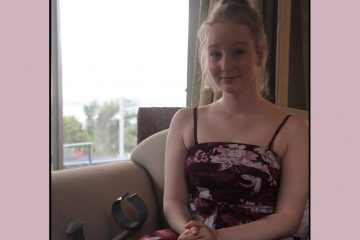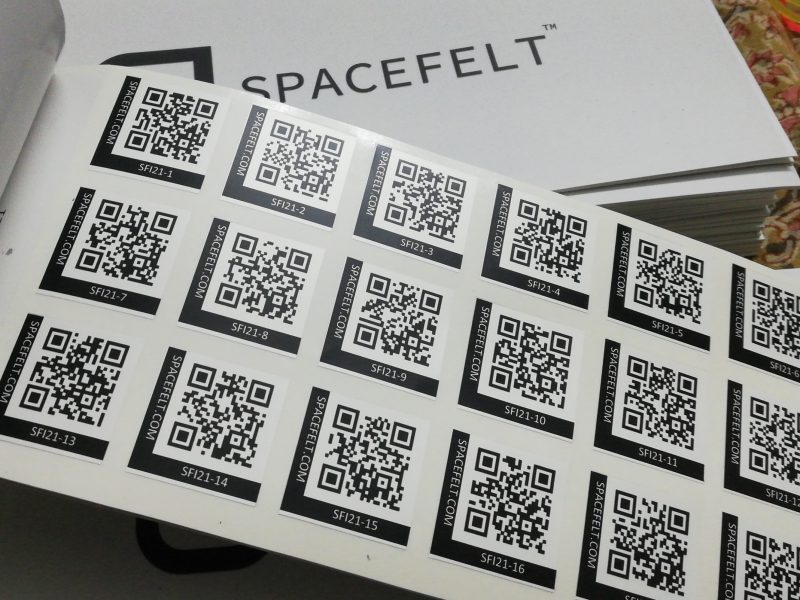Zara Weissenstein is determined to help young adults like her, with a disability, to look and feel better through fashion design.
The Matakatia teenager was a sporty student, until her legs began to fail her. Three years ago she went from keen kickboxer to finding she could barely walk and was eventually diagnosed with conversion disorder – a functional disability that causes symptoms like blindness or paralysis that cannot be explained solely by illness or injury. Zara says for her, it is connected to stress levels.
Generally walking with a crutch, at times she must use a wheelchair. She has a love of fashion and studies fabric tech at college, so wearing sweat pants or leggings all the time was not what she wanted, although they are the go-to option for wheelchair users.
Ready made clothing is poorly designed for people who have disabilities, she says. If they are seated in a wheelchair, clothes need to fit around the legs, but not be too tight as seams rub and cause sores. She says pants or skirts are often too low in the back and ride up under the legs, while shirts are generally too short – a combination that leaves a gap across the lower back. In addition, propelling a wheelchair can cause garments to stretch. Those with limited hand mobility struggle with buttons and zips.
During her hospital stays, Zara got to know other teenagers – some had been in wheelchairs all their lives. “I found that clothing is a real issue,” Zara says. “We can’t just roll into a shop and pick off the rack. You can’t even get into a lot of the changing rooms in those stores.”
“We don’t want to be ‘a person in a wheelchair. People my age just want to fit in, and that includes what we wear. Style helps us fit in with our peers and feel included.”
Zara uses her sewing skills to adapt her own clothes . So it made sense to design a garment for young adult wheelchair users for her scholarship fabric tech assignment at Whangaparaoa College.
She has been researching, developing and designing and is now starting to make her garment, which is a skirt and shirt that are connected at the back, like a dress.
Her key client for the project is unwell, so Zara is looking for a young woman (teens to early 20s) who has experience of being in a wheelchair and can help her improve her garment.
“After this project, I’d like to go into fashion and develop more designs, for both men and women with disabilities,” Zara says.
Info: Zara.weissenstein@gmail.com
Source Credit –
https://m.localmatters.co.nz/hibiscus-matters-eedition.html




